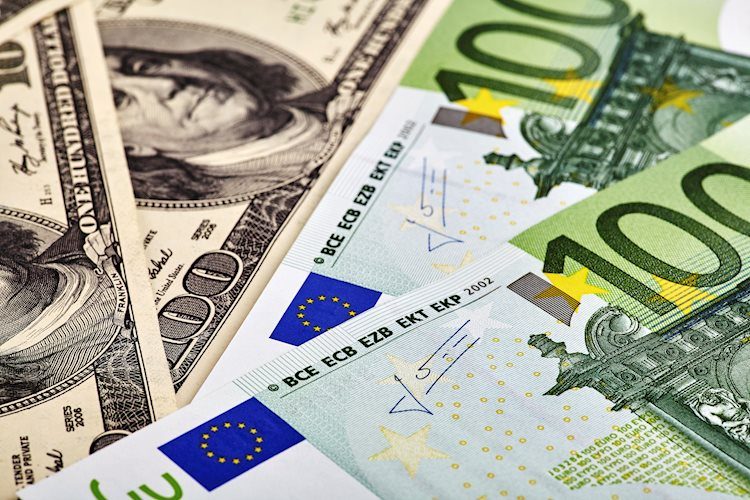- EUR/USD extended its weekly leg lower and approaches the 1.1000 support.
- The US Dollar traded with minimal gains ahead of US inflation data.
- Investors look at US CPI and its impact on the size of the September rate cut.
EUR/USD experienced renewed downward momentum on turnaround Tuesday, continuing its losses from the beginning of the week and moving back towards the 1.1015-10101 area, driven by ongoing buying pressure on the US Dollar (USD).
Meanwhile, the US Dollar Index (DXY) stuck to the upper end of the recent range in the proximity of the 101.70 level in a context where US yields deepened their retracements across the curve.
In the meantime, market participants are expected to closely watch the release of US inflation figures gauged by the CPI on Wednesday, as it could give extra signals about the extent of the Fed’s expected rate cut this month, especially after Fed Chair Jerome Powell suggested at the Jackson Hole Symposium that it may be time to adjust monetary policy.
Also advocating for a rate cut later in the month appeared many Fed officials, namely San Francisco Fed President Mary Daly, New York Fed President John Williams, and Chicago Fed President Austan Goolsbee.
In this context, the upcoming US Consumer Price Index (CPI) report is set to be a key factor, especially given the Fed’s shift from a sole focus on managing inflation to avoiding job losses.
According to the CME Group’s FedWatch Tool, there is currently about a 63% probability of a 25 bps rate cut in September.
A shift to the European Central Bank’s (ECB) noted that recent Accounts showed that policymakers did not see a strong reason to cut interest rates last month. However, they noted that this decision could be revisited in September due to the impact of high rates on economic growth.
Recent reports indicate growing divisions among ECB policymakers regarding the growth outlook, which could affect future discussions on rate cuts. Some officials are concerned about a potential recession, while others remain focused on persistent inflationary pressures.
However, lower-than-expected preliminary CPI data for August in Germany and the Eurozone could challenge the cautious stance of some officials, potentially paving the way for the ECB to consider another rate cut at its September 12 meeting.
Overall, if the Fed proceeds with additional or larger rate cuts, the policy gap between the Fed and the ECB could narrow over the medium to long term, potentially supporting EUR/USD. This is particularly likely, as markets anticipate two more rate cuts from the ECB this year.
In the longer term, however, the US economy is expected to outperform the European economy, which could limit any prolonged weakness in the dollar.
Finally, according to the CFTC report for the week ending September 3, speculators (non-commercial traders) have increased their net long positions in the Euro (EUR) to the highest levels since January, while commercial traders (such as hedge funds) have raised their net short positions to multi-month highs amid a notable increase in open interest.
EUR/USD daily chart
EUR/USD short-term technical outlook
If bulls regain the upper hand, EUR/USD should face its initial hurdle at the September high of 1.1155 (September 6), prior to the 2024 top of 1.1201 (August 26), and the 2023 peak of 1.1275 (July 18).
On the other side, the pair’s next downside objective is the September low of 1.1015 (September 10), prior to the preliminary 55-day SMA at 1.10936 and the weekly low of 1.0881 (August 8). The crucial 200-day SMA is at 1.0858, preceding the weekly low of 1.0777 (August 1) ahead of the June low of 1.0666.
Meanwhile, the pair’s upward trend is projected to continue as long as it remains above the key 200-day SMA.
The four-hour chart suggests a minor rebound in negative sentiment. However, the initial resistance level is 1.1155, followed by 1.1190 and 1.1201. Instead, there is immediate support at 1.1015, before the 200-SMA of 1.1002, and then at 1.0949. The relative strength index (RSI) receded below 34.



